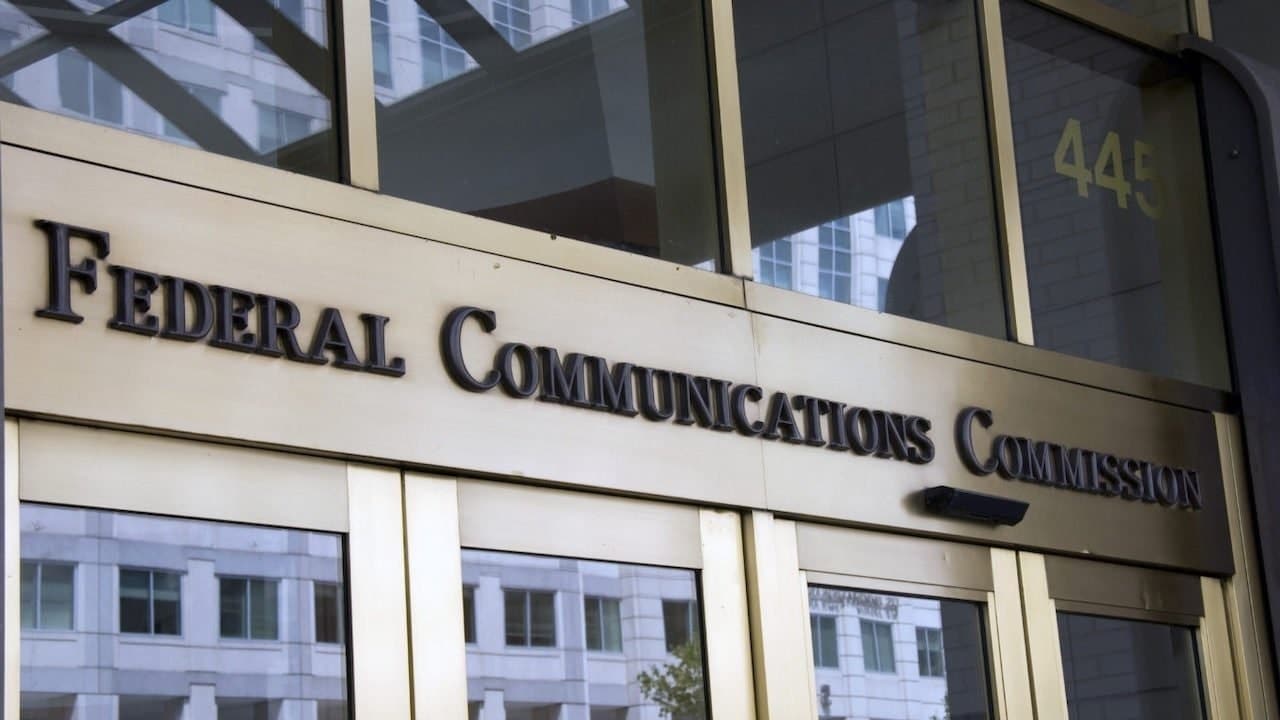The next phase of the Federal Communications Commission’s (FCC) expanded audio description rules will take effect next month as 10 more designated market areas will be required to provide audio description.
The FCC’s audio description rules currently require certain broadcast stations in the top 90 designated market areas (DMAs) to provide described programming. A DMA is a region of the United States that is used to define television and radio markets. There are 210 DMAs in the U.S., which typically are based on metropolitan areas.
In 2020, the FCC adopted a rule requiring the phased expansion of audio description regulations to DMAs 61 through 100. This past October, the FCC voted to expand that plan to require audio description in an additional 10 DMAs each year until all broadcast markets are covered.
The newest 10 television markets subject to expansion of the audio description rules beginning Jan. 1, 2024, are: El Paso-Las Cruces, TX; Paducah, KY-Cape Girardeau, MO-Harrisburg, IL; Cedar Rapids-Waterloo-Iowa City & Dubuque, IA; Burlington, VT-Plattsburgh, NY; Baton Rouge, LA; Jackson, MS; Fort Smith-Fayetteville-Springdale-Rogers, AR; Boise, ID; South Bend-Elkhart, IN; and Myrtle Beach-Florence, SC.
The Jan. 1 deadline also applies to two additional market areas – Chattanooga, TN, and Charleston, SC – that would have been within the later deadline for DMAs 91 through 100 based on the Nielsen figures as of Jan. 1, 2020, but now fall within the earlier deadline for DMAs 81 through 90 based on the Nielsen figures as of Jan. 1, 2023.
What is Audio Description?
Audio description makes video programming more accessible to individuals who are blind or visually impaired through the insertion of audio narrated descriptions of a television program’s key visual elements into natural pauses between the program’s dialogue.
On television networks, audio description is accessed by navigating to the Secondary Audio Program (SAP) channel, usually in the accessibility settings of a set-top box. On streaming platforms, audio description can be chosen as a separate audio language.
The FCC requires certain television broadcast stations and multichannel video programming distributors to provide audio description for a portion of the video programming they televise. The rules require commercial television broadcast stations that are affiliated with one of the top four commercial television broadcast networks (ABC, CBS, Fox, and NBC) and currently located in the top 80 television markets to provide 50 hours of audio-described programming per calendar quarter during prime time or on children’s programming as well as an additional 37.5 hours of described programming per calendar quarter at any time between 6 a.m. and midnight.
The FCC also requires the same of the top five cable networks (currently TLC, HGTV, Hallmark, History, and TBS) that broadcast a significant amount of prerecorded content.
Work with a Leader
VITAC has more than three decades worth of experience in providing audio description and accessible communications. We partner with a wide variety of media and entertainment clients and work closely with them to help achieve their accessibility goals.
Our clients rely on us to:
- Meet the standards set by the Audio Description Coalition as well as the standards for educational description set by the American Foundation for the Blind/Described and Captioned Media Program.
- Employ voice talent by program content and uniform, top-quality narration using the same voice for consistency throughout a series.
- Match voices to various programming genres.
- Work with the best, experienced, professional audio engineers.
- Meet the fastest turnaround schedules in the industry.
- Deliver and receive content in virtually any audio/video format.
Interested in learning more? Connect with one of our accessibility experts today.
Disability Advisory Committee Meeting Set
The next meeting of the FCC’s Disability Advisory Committee (DAC) is scheduled for Tuesday, Jan. 30, 2024, from 9 AM-12 Noon ET.
The meeting will discuss, among other topics, a DAC report and recommendation on the transmittal of audio description files to Internet Protocol programming, best practices for Telecommunications Relay Services for individuals with multiple disabilities, and best practices on the use of artificial intelligence to caption live video programming.
The DAC meeting is open to the public. Open captioning and ASL sign language interpreting will be provided and other reasonable accommodations for people with disabilities are available upon request. The meeting will be held in the Commission Meeting Room at FCC Headquarters, 45 L Street, NE, Washington, DC, and live streamed at www.fcc.gov/live.
Created in 2014, the Disability Advisory Committee is comprised of members from various backgrounds, including persons with disabilities, representatives from disability-related organizations, and industry experts. The goal of the committee is to give advice and recommendations to the FCC on a variety of disability issues within the commission’s jurisdiction. Past issues addressed by the DAC have included closed captioning, audio description, access to emergency information on television, telephone emergency notifications, device accessibility, technology transitions, and the National Deaf-Blind Equipment Distribution Program.
VITAC has been a member of or participated in four of the past five FCC Disability Advisory Committees.




